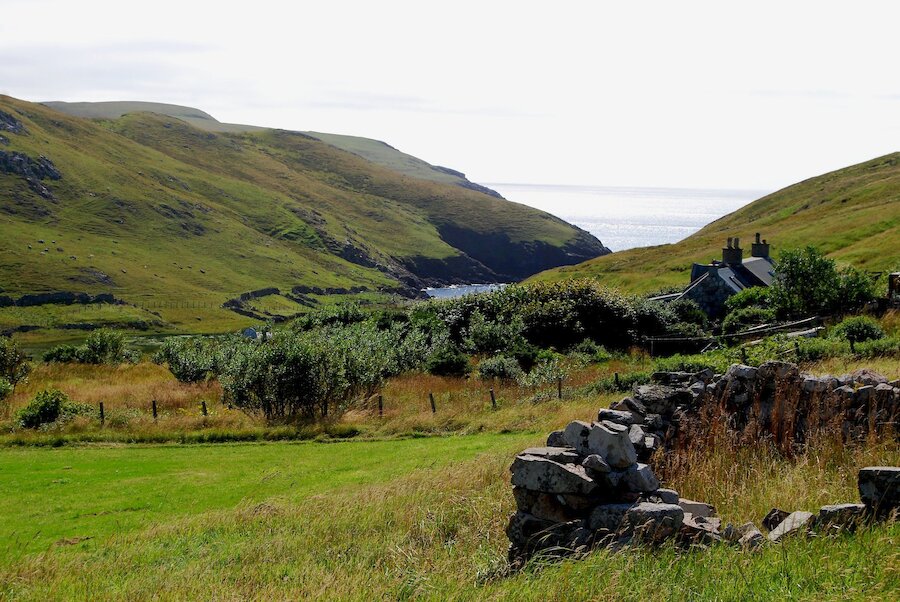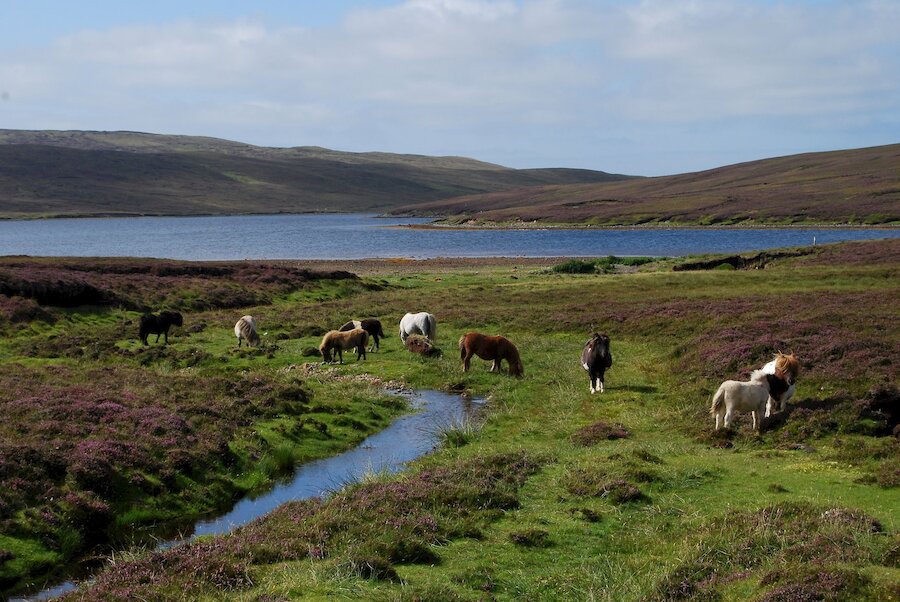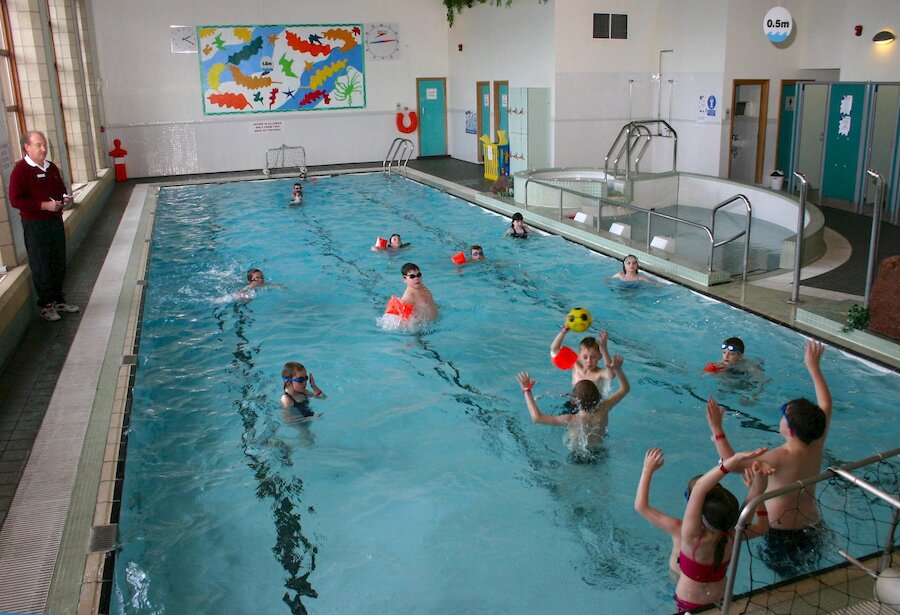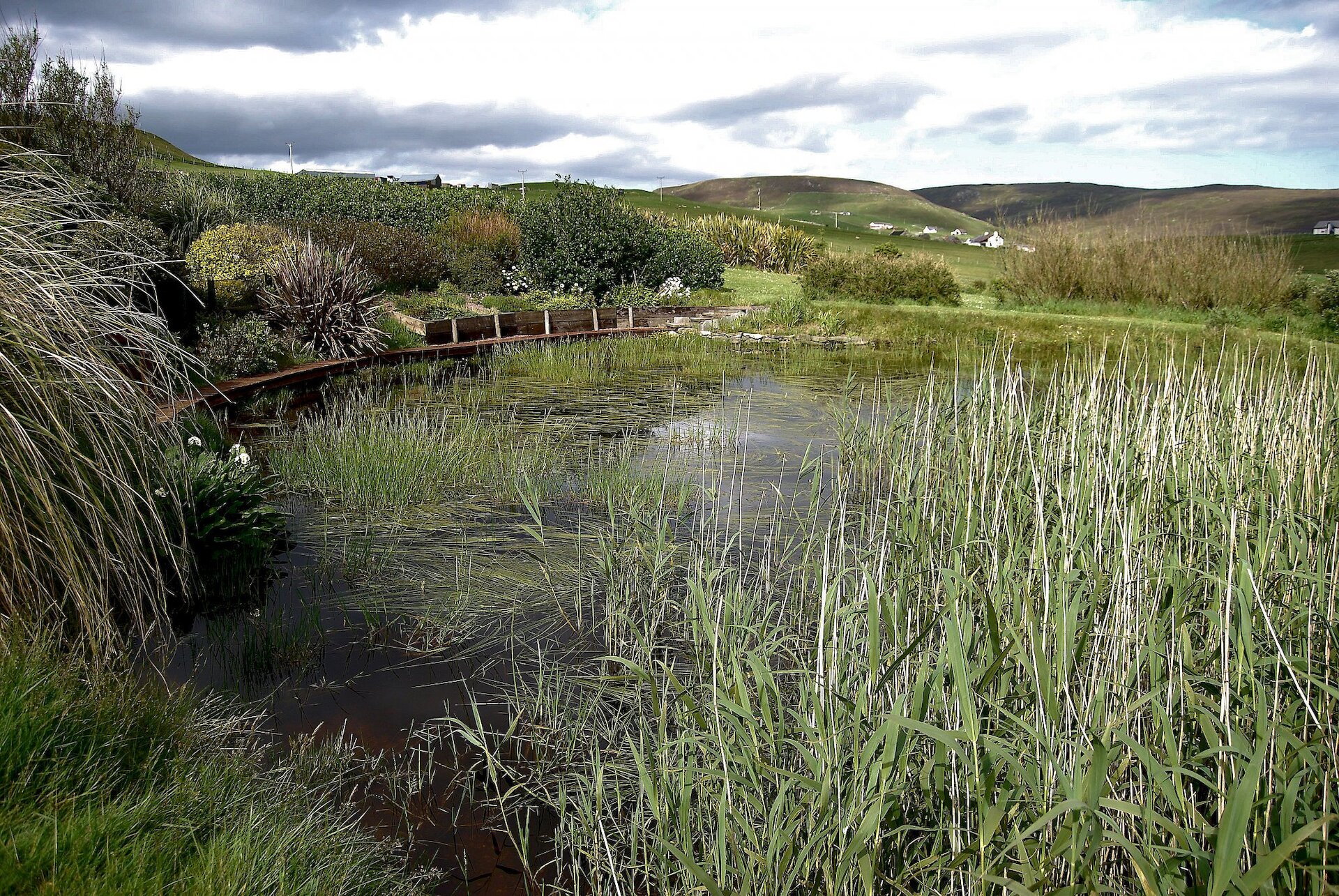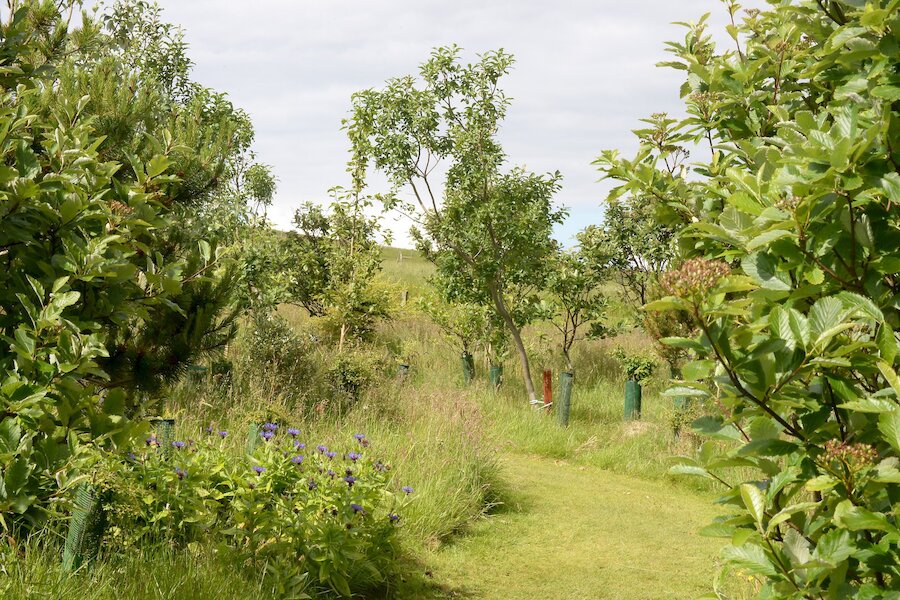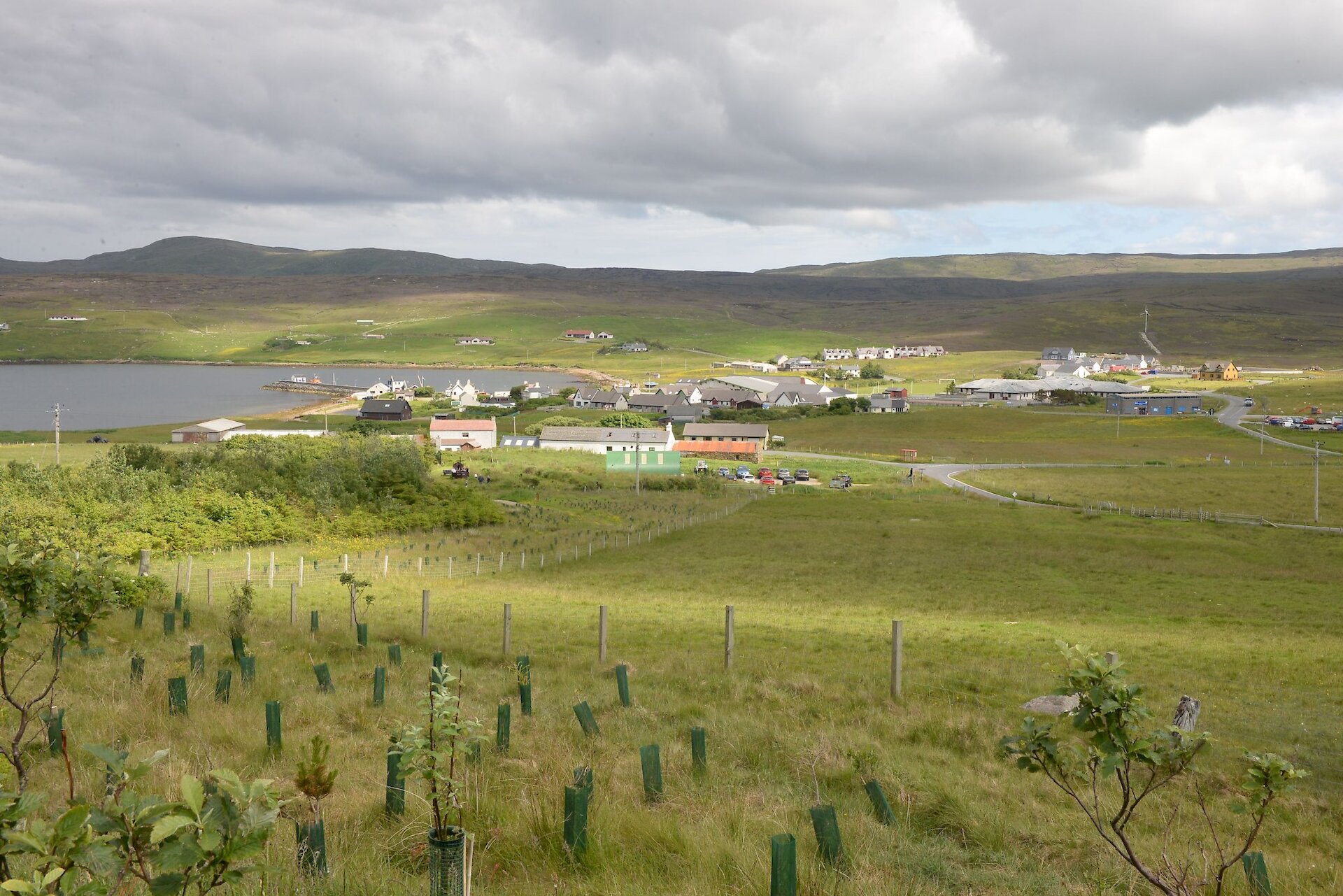Each month we look at a different part of Shetland to see what it may have to offer for those thinking of moving to Shetland. This month, we travel west, to the district of Aithsting and Sandsting.
These are two of the ancient ‘tings’ that formed the basis of local administration during the Norse period, and the word ‘ting’ is the same as that found in the name of the Manx parliament (Tynwald) and the town of Dingwall in Scotland.
Aithsting and Sandsting stretches from the island of Vementry in the north to the rugged headland of Skelda Ness in the south, a distance of about twelve miles, and it’s roughly six miles from east to west. For the most part, it’s relatively low-lying and much of the interior is heather moorland, dotted with sapphire-blue lochs and a wealth of wild flowers. There’s better agricultural land around the northern village of Aith and some crops are grown, but sheep-rearing is the main activity. The planting of trees has been a noticeable trend in the last two or three decades, with attractive plantations, with public access, created at Michaelswood in Aith and Da Gairdins o’ Sand. There’s a veritable botanic garden, Lea Gardens, at Tresta.

